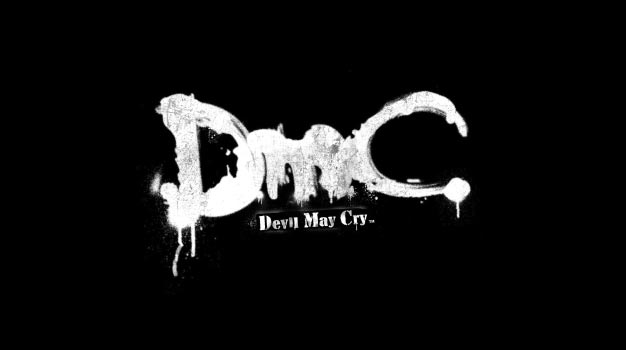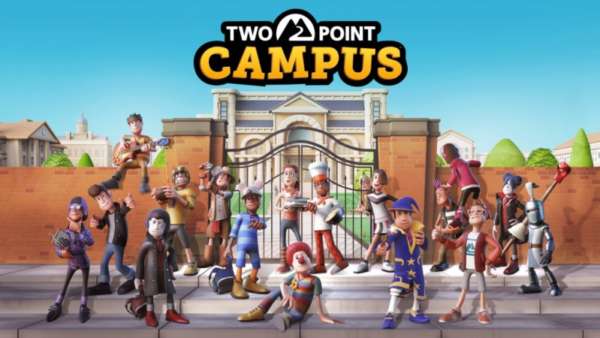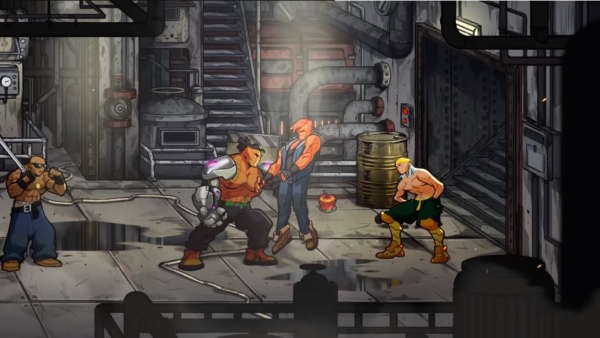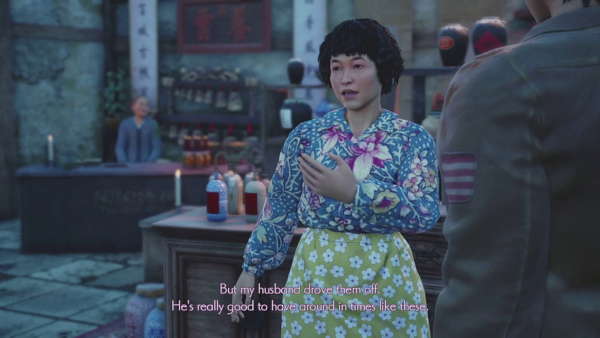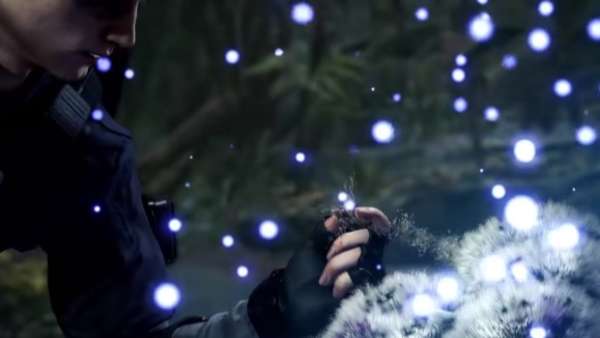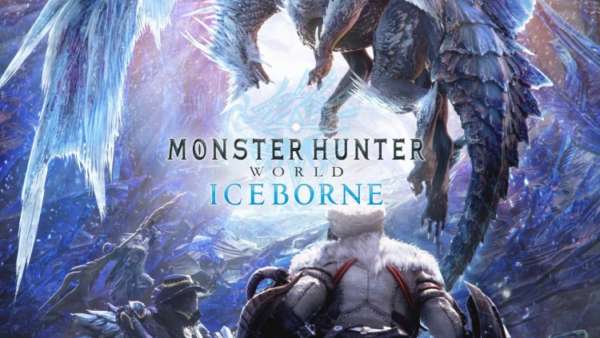How to market your game to a community that already hates it
It takes a lot to sell a game. To convince someone to buy might take a few different approaches, and publishers have certainly been creative in the past. Those on the fence can usually be persuaded by a good review, a cool feature, or maybe it’s created by a well-known and talented developer whose pedigree can be trusted. Or maybe, easier still, it’s a prompt and direct sequel to an already successful franchise.
Sometimes, a game is announced and instantly hated. The reveal trailer alone causes a storm of hate, and the poor marketing and community teams of the world have to face an uphill struggle as if the game just got a 53 on Metacritic, despite the fact that the game is a year (or more) away from release.
This usually occurs when a reboot or redesign is announced, and so here’s a list of things I’ve noticed as member of those communities.
Pick Your Words Carefully
You have the right to remain silent. Anything you do say can and will be held against you in the court of NeoGaf. The YouTube jury will return a verdict of dislike if that one sentence you said in an interview could be misconstrued. You’re on trial for the murder of a game, and all evidence puts you as the suspect.
What to do? Don’t say the wrong thing. And by the wrong thing, I mean many things. Take for example Ken Balough, who said of Sonic the Hedgehog 4: Episode 1 during its PR campaign:
“This is Sonic 4 as you truly imagined it.”
Ken Balough, who in 2010 was Associate Brand Manager for Sonic 4. Image Source; SEGABits
Ken obviously tried to provide some hype to Sonic 4, which was pegged as the Sonic game that the older fans could enjoy. But this one quote alone basically cost Ken Balough his credibility in the eyes of the then-enraged Sonic fans, who leapt upon this statement right up to the game’s release (which basically means, nearly all of 2010). To put it simply, Sonic 4 was nothing like the community imagined it would be. The fanbase was basically offended, feeling as though SEGA didn’t understand what it was that fans wanted out of Sonic 4 – making it even harder to try and sell the game to them.
Another example of a developer saying the wrong thing and not realising was during the run-up to the release of DmC from Ninja Theory. During an interview with Eurogamer, Capcom producer Hideaki Itsuno said:
“…we did a lot of experimentation and happened upon some techniques for working with Unreal Engine, some fairly elaborate techniques, that allow for a controller responsiveness that gives the player the feel of 60 frames per second.”
Above: A good game. The name Devil May Cry apparently was the worst thing to happen to it.
“The feel of 60fps” ended up becoming a meme on NeoGaf as a result of this. Fans of Devil May Cry, already foaming at the mouth with anger, felt that this statement was apologist and full of damage control. Frames-per-second is not subjective, and to suggest that you could fake it and that it would be good enough might not be what Itsuno meant, but it’s certainly what the fans thought. Insulted at the implication that they would settle for a fake, fans immediately took to forums and held this quote up as definitive proof that the game would be terrible.
Understand why it’s hated
This is probably one of the things that publishers and developers get wrong the most. Often, it cannot be understood why it is that the game in question is getting so mauled in fan forums. If you’re able to pinpoint why the community you’re aiming for hates your game, you’re able to plan accordingly.
Gamers do not see themselves as people who buy a product. It reeks of entitlement, yes, but there are enough “gamer entitlement” articles out there for one internet. Gamers feel like they should be as much a part of the creative process as the developers. If this sounds crazy, it’s because it is. Fans of game series consider themselves experts on those games, so when a developer comes along and says “I know better” by having the gall to develop an actual game for them, everyone’s a critic.
Usually hate comes as result of change. When Dante was redesigned by Ninja Theory, he sported the same coat, sword and guns, but his hair was a different colour. Fans were not annoyed by the change in hair colour (despite many people believing that was the case). Ninja Theory could have left Dante’s hair white and still received all the hate mail. Why? Well it’s because of a fact that I think some publishers do not yet see.
The community did not care about what it was changed to; they hated the fact that there was a change.
It’s not the aesthetics of a reboot, or a character design, or a genre that causes the backlash. It’s the fact that those changes occurred at all. When The Bureau: XCOM Declassified was first announced as just XCOM, an FPS that was to be the return of the franchise, the possibility that it could be a good FPS was irrelevant; what mattered is that it wasn’t a turn-based strategy. The decision to re-brand it as The Bureau along with the release of XCOM: Enemy Unknown help soften the blow, but The Bureau was still tarnished and suffered commercially and critically as a result.
So what are you supposed to do then? If you know that what you’re doing is going to cause a backlash, then seriously consider if you should be doing it at all. Cancellation is the most drastic choice, but this factored into Naughty Dog’s decision not to reboot Jak and Daxter. With this in mind, we head to the next point:
Connect your game to what gamers already like as soon as possible. If that’s impossible then be upfront and market it as a spin-off.

Tomb Raider was built upon exploration and puzzle-solving. When unveiling a reboot, show us exploration and puzzle-solving!
This is more of a case-by-case thing, but it’s still important. The first trailer we saw for DmC featured no gameplay, and instead showed Dante shooting enemies in a cutscene. There is no connection to the original series here; and yet we’re told at the end that this is supposed to be a Devil May Cry game. Of course the actual gameplay in DmC featured the same combat tropes as its forefathers, such as a style meter, air combos, and insane fighting moves, but gamers weren’t associating Ninja Theory’s game with that stuff because they hadn’t seen it. Show us the thing that’s going to help you sell it to us. You’ve lost on character design, and you knew that going in, so you should have showed us the thing you were winning on, which in the case of DmC was its gameplay.
A few members of the Tomb raider fanbase hated the 2013 game before it came out due to the fact that what we saw looked like an action game with no puzzles. If Crystal Dynamics had shown any of the puzzles early on (and by that I mean, the game’s reveal) then the anxiety of the fanbase would have been quashed then and there.
Teasers and Announcements of Announcements Rarely Work – Don’t Do It.
Announcing an announcement and teasing something far ahead of time may seem to be a great way to build hype, but remember, that’s exactly what it will do. Hype is a double-edged sword, and it often causes more harm than good. Expectations will soar if you tease information or if you say you’re going to say more in the future. Of course, the higher expectations are, the harder it is to fulfil them, meaning the likelihood of disappointment increases.
Teasers and countdowns build hype based on showing nothing. It’s a cheap tactic, but remember that since you’ve shown nothing, gamers have nothing to base their expectations on apart from their own imaginations and the original franchise, if it’s a reboot. This is doubly harmful if your teasers are cryptic, as the vague information you do give will combine with the gaming public’s imagination to create an impossibly high barrier. When you inevitably get to the big reveal and gamers were proven wrong the disappointment sets in.
If you’re cryptically teasing a new entry into an old IP, knowing full well you’ve changed something fundamental about it you’ve essentially committed PR suicide.
The Worst Case Scenario
You’ve got the IP rights to a dormant franchise. In its heyday it was a hugely successful entry in its genre, and has since garnered a cult following. So you set up a teaser website with a countdown. You send out the vague tweets. You drop hints in interviews. You watch as the forums go nuts, revelling in the high-profile impact you’re going to have. You drop more hints. Maybe you have an ARG going that slowly reveals the enigma (but mostly bugger all) for those crazy enough to see it.
After all the speculation, you do the big reveal and…
It’s a game in a different genre, filled with micro transactions, that looks and sounds nothing like its ancestors. Your new AI or your fantastic new graphics or the amazing ideas of your talented design team mean nothing at this point. A PR person says something designed to reassure gamers, only to realise that it has the opposite effect.
You unwittingly promised something with all the mystery, and didn’t know you couldn’t deliver on it until it was too late. Now you find yourself in a PR nightmare, where the audience has already decided your game is atrocious, and you have to convince them to drop £40/$60 for it.
So to avoid the nightmare, do the opposite. Don’t tease anything; announce it with gameplay and video all in one go. Be open and involving, and take the feedback into account, then demonstrate that fact. Show something in the very first trailer that proves it’s in that IP. The more transparent you are as a publisher or developer, the less people will feel like they’ve been taken advantage of.
To market your game to a community that hates it, you have to soften the blow as much as you can without being disingenuous. Realise what the audience thinks, and you’ll find it much easier to get in their good books. If knowing is half the battle, make sure you and the audience know each other.
